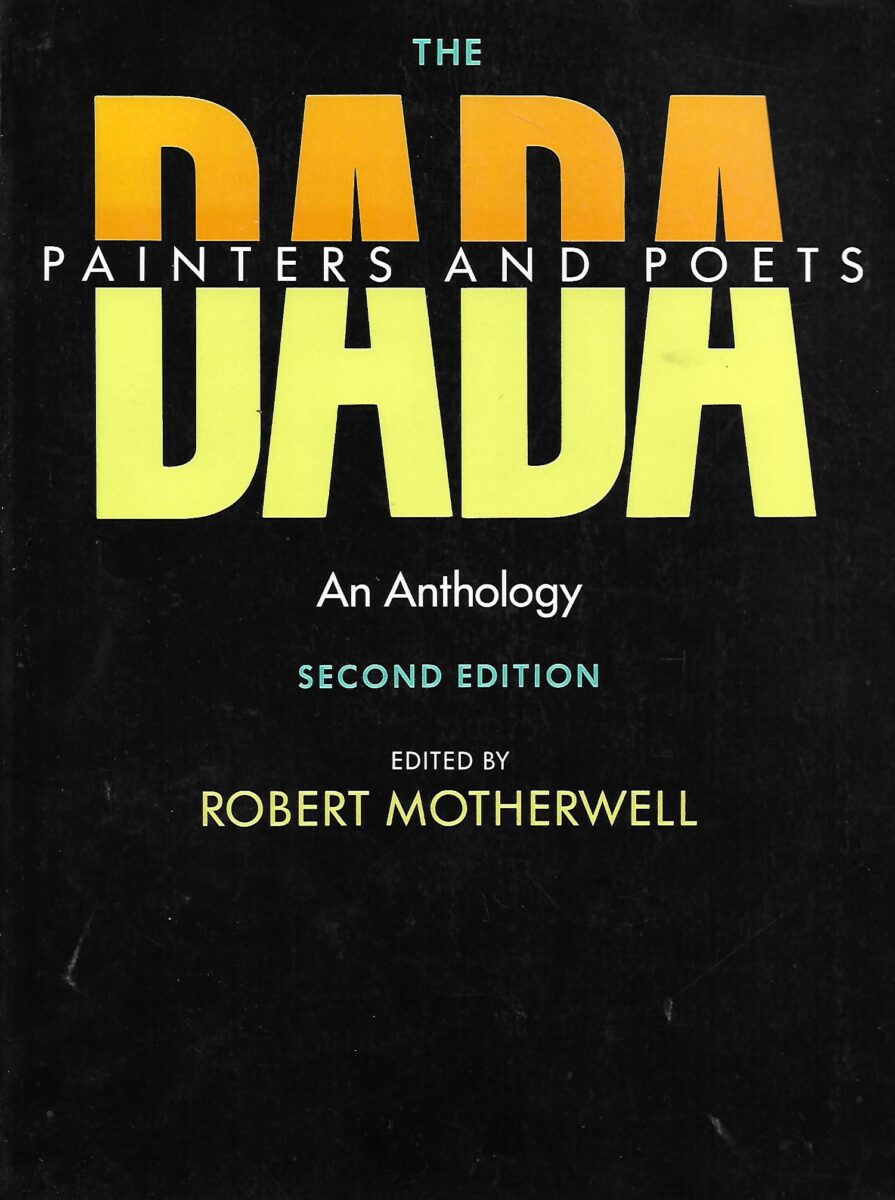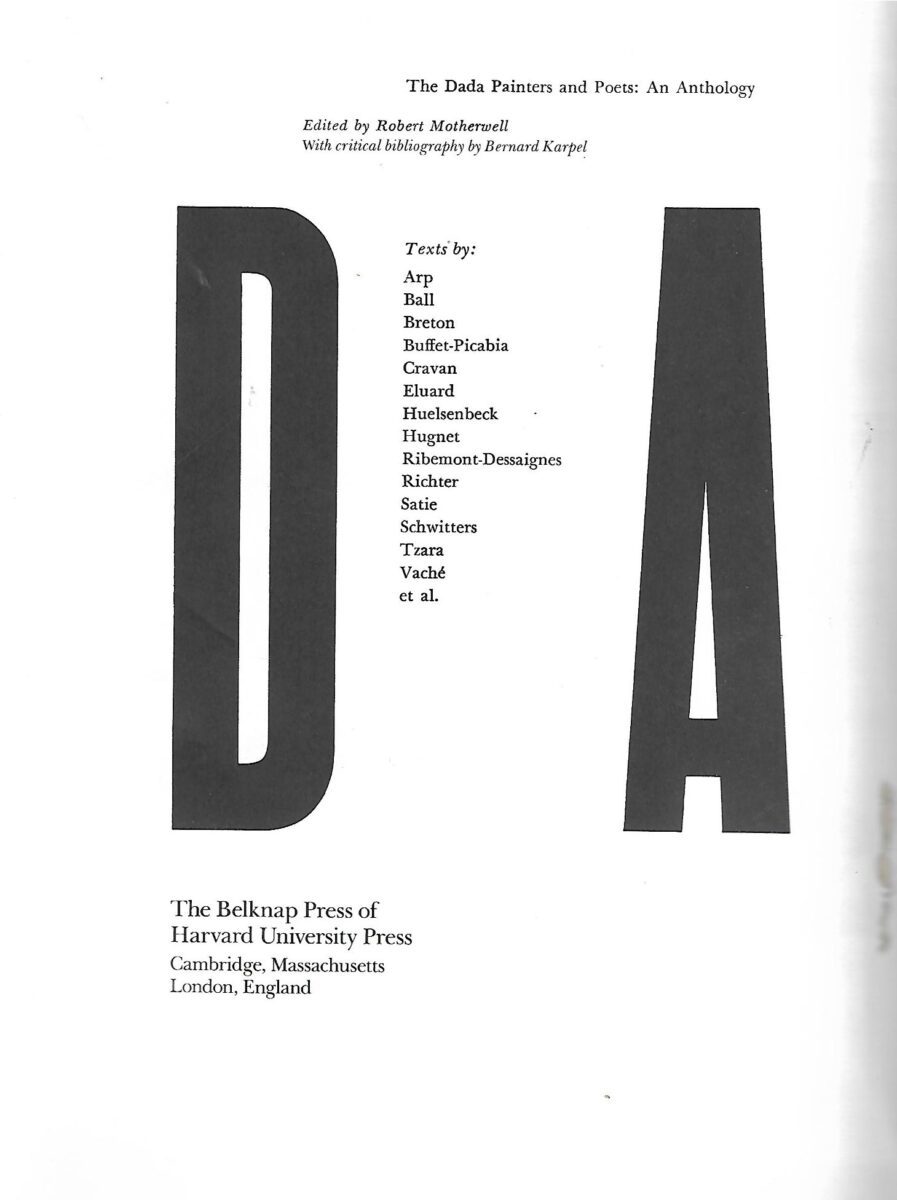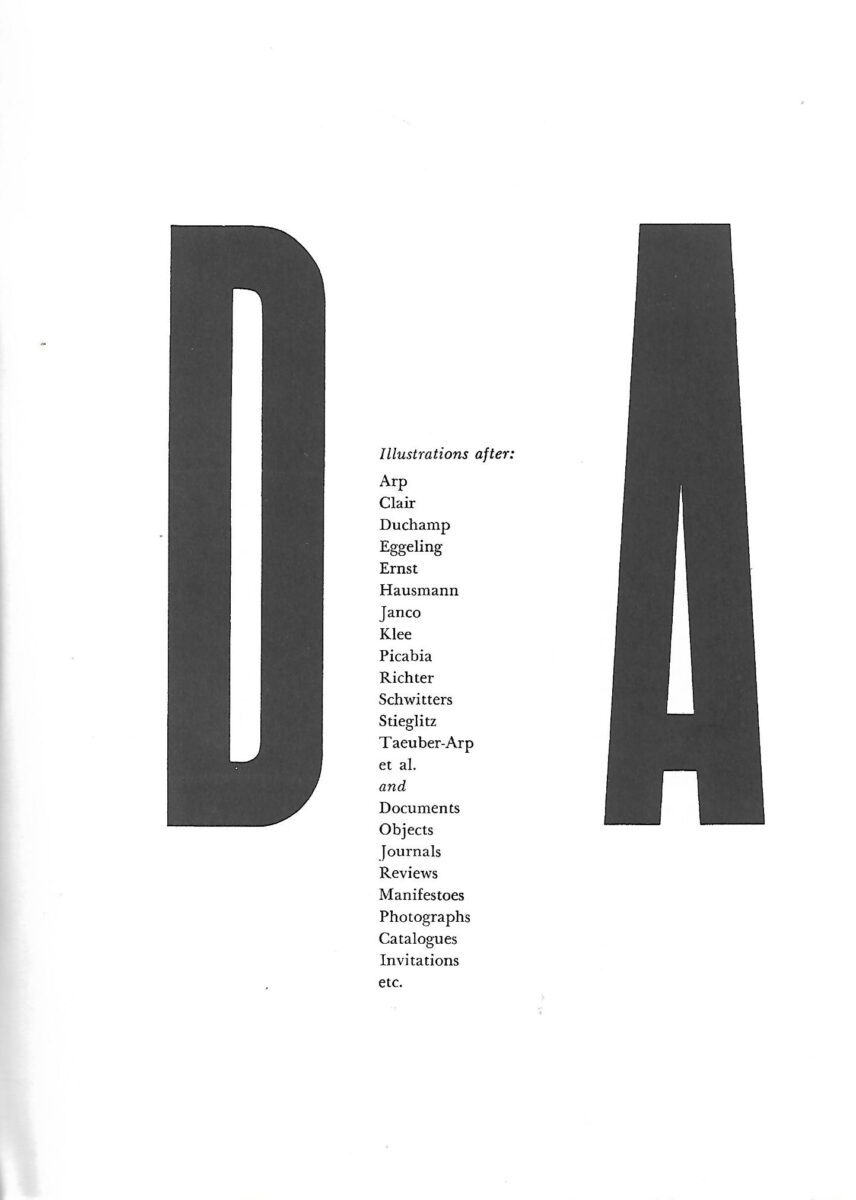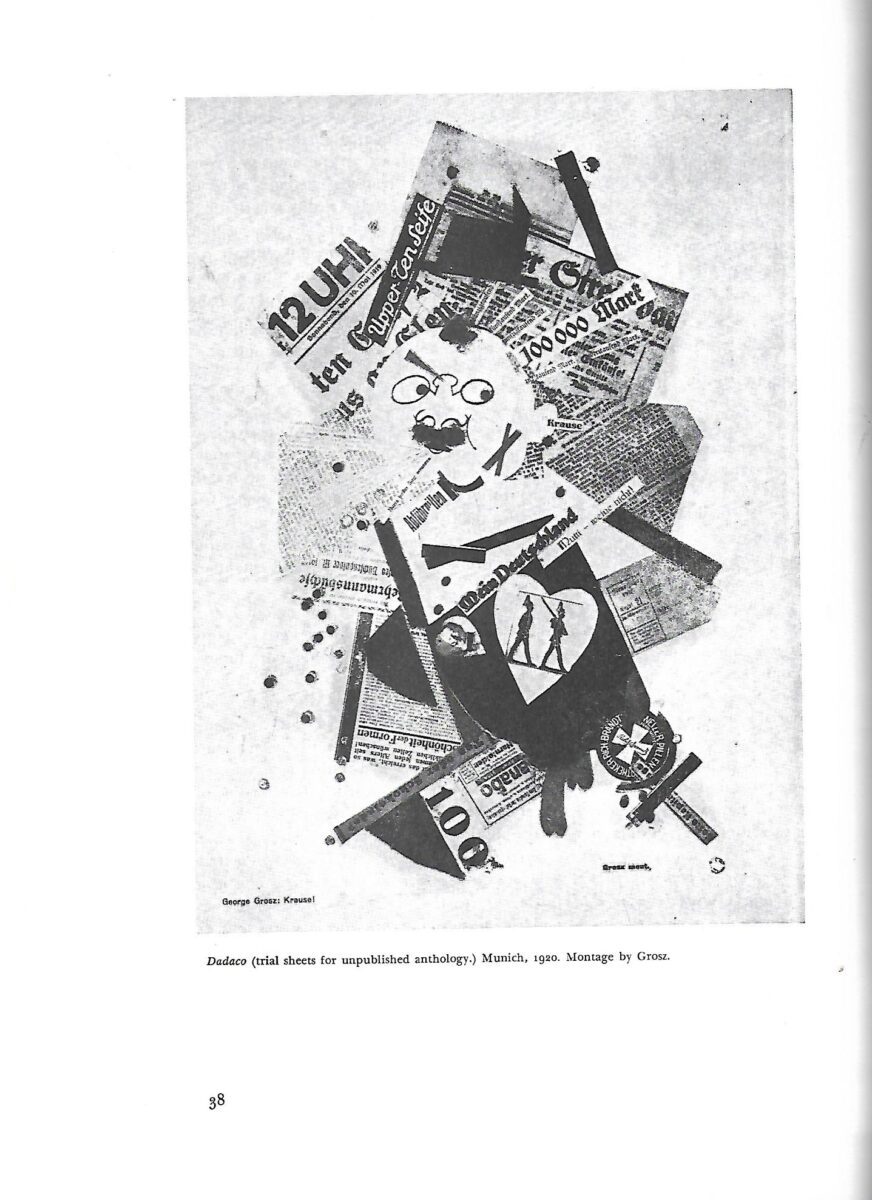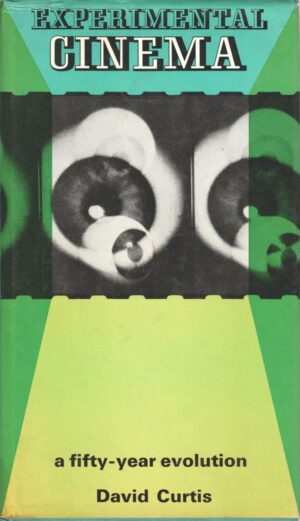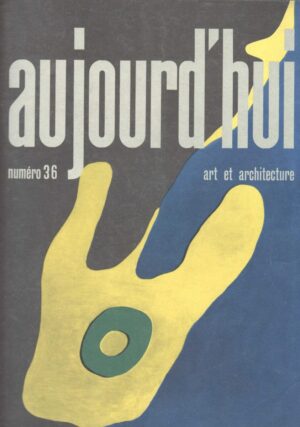Opis
Second edition
Dada not only wrote and painted, it talked, drank, agitated, danced, babbled, burbled, shocked, indulged in self-loathing, took notes, held exhibits, dressed up, hooted, wrote scathing criticisms of itself, whistled, made noises with its skin, fell in love with itself, mailed letters, and then committed suicide. Huelsenbeck, Tzara, Breton, Ball, Duchamp et al. enacted Dada selves out of hatred for war, but their hatred and iconoclasm continued when they discovered that the monster that lives off of war didn’t die on Armistice Day (the one in 1918). They became anti-everything that was Modern, Reasonable, Commonsensical, Appropriate, in other words, everything that would help humans hide from (while justifying) their own self-destructiveness. They tried to open up the unconscious and display it for Europe and America. This book charts that process better than most. The best of the essays about Dada is “The Dada Spirit in Painting” by Georges Hugnet, but the best pieces here are by those who, in writing and painting, were being Dada: Eluard’s and Huelsenback’s poems, Ball’s “Dada Fragments,” Tzara’s “Seven Dada Manifestoes,” Ribemont-Dessaignes’ “History of Dada,” and Breton on Duchamp.

